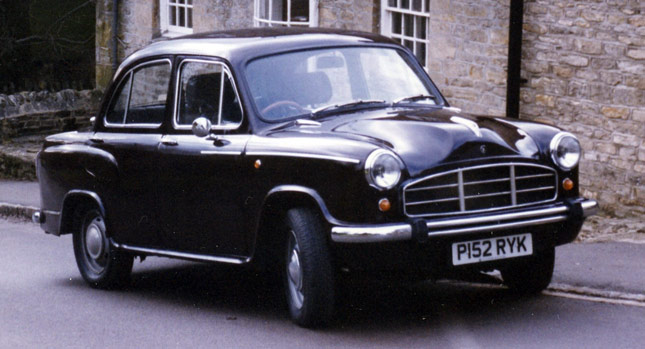The Hindustan Ambassador, a rebadged Morris Oxford III, entered Indian production in 1958 and since then it’s been kept on the assembly line pretty much unaltered. Now, after 57 years it’s finally been phased out, as demand for it had plummited in recent years; it’s now left the company looking for alternatives to stay afloat.
A senior official with Hindustan told AFP “work has been suspended indefinitely at the Uttarpara factory. It is being done to ensure the company doesn’t bleed more (money) and to enable us to draw plans for its revival.”
The reasons are dwindling sales and popularity of the model, as well as “very low productivity, growing indiscipline, critical shortage of funds, lack of demand for its core product … and large accumulation of liabilities.”
The influx of cheap but modern vehicles into India has obviously played the biggest part in the Ambassador’s demise. It marks the impending closure of a unique chapter of automotive history, being a classic car that was kept in production long after its usual shelf life had expired: the classic Lada is no more (except for Egypt, where the 2107 is still being built), the Dacia 1410 was phased out in 2004, South Africa no longer makes a Mark II VW Golf (locally called Citi Golf), while Brazil was forced to give up its iconic people’s car, the locally-built Beetle, as well as the Type II van.
A derivative of the Peugeot 405 is still being built in Iran, though, as is the Lada Niva (introduced in 1977) – even the Mercedes G-Wagen could be included in this category; it’s not due for swift replacement, it seems.
By Andrei Nedelea
PHOTO GALLERY









